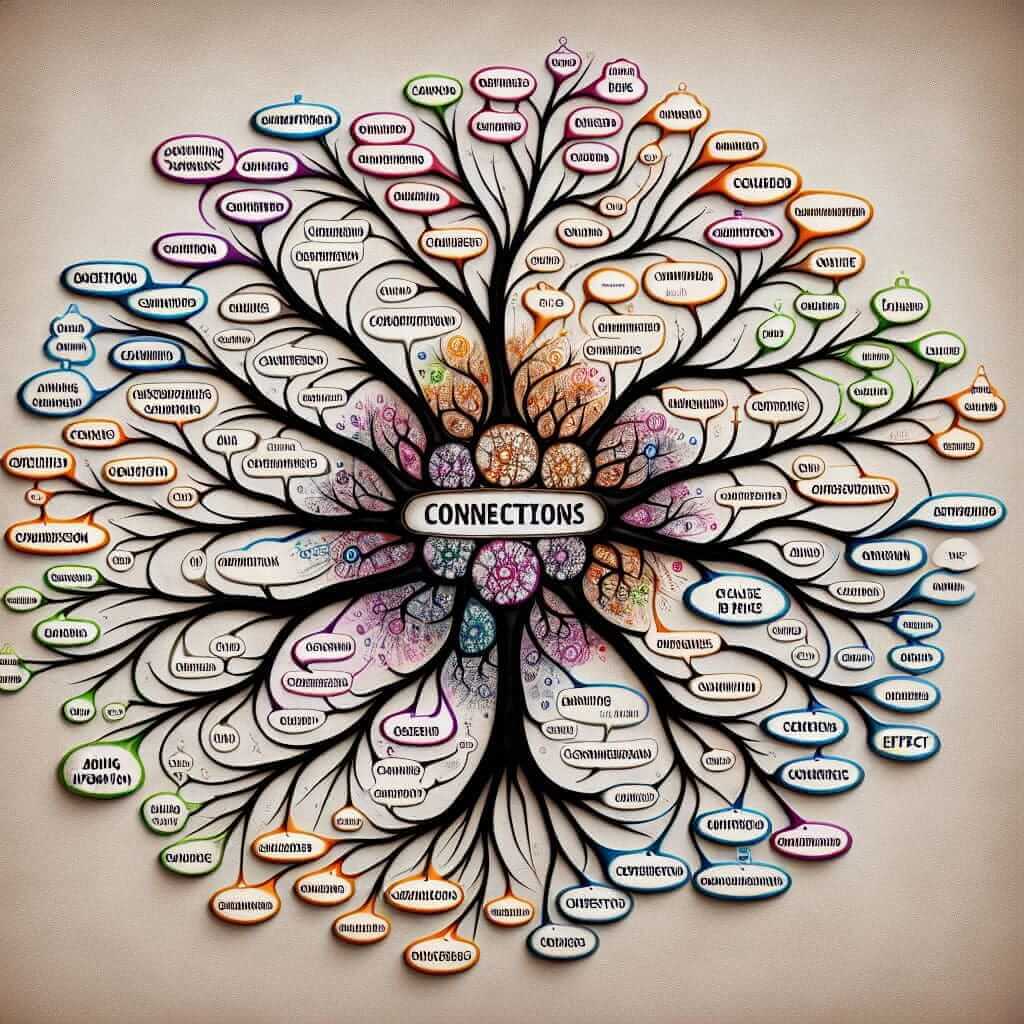As an IELTS instructor with over two decades of experience, I understand the importance of fluency and coherence in the IELTS Speaking test. Many candidates struggle with connecting their ideas naturally and effectively. This is where connections and discourse markers come into play. They are the invisible threads that weave your sentences and paragraphs into a coherent and impressive tapestry of language.
Understanding Connections and Discourse Markers
In the simplest terms, connections show how different parts of your speech relate to each other, while discourse markers are words or phrases that signal the direction and flow of your thoughts. Using these effectively allows the examiner to follow your ideas effortlessly, thus boosting your score in the Fluency and Coherence criterion.
Why are Connections and Discourse Markers Important for IELTS Speaking?
Consider these two sentences:
- I like to read books. I like to watch movies.
Now, let’s connect them using a discourse marker:
- I like to read books. However, I prefer watching movies.
See the difference? The second example is more engaging and shows a clear contrast between the two sentences. This is the power of connections and discourse markers! They add nuance, depth, and flow to your speech.

Types of Connections and Discourse Markers with Examples
Here’s a breakdown of common types of discourse markers and how to use them effectively in your IELTS Speaking test:
1. Adding Information
- And, also, in addition, furthermore, moreover, as well as: “I enjoy playing tennis. Furthermore, I find it to be a great way to stay in shape.”
2. Contrasting Ideas
- But, however, on the other hand, nevertheless, despite, in spite of, although: “Learning a new language can be challenging. However, it is incredibly rewarding.”
3. Expressing Cause and Effect
- Because, so, therefore, as a result, consequently: “I was late to work because of the traffic.”
4. Providing Examples
- For example, for instance, such as, like: “I enjoy reading classic literature, such as Jane Austen and Charles Dickens.”
5. Sequencing Ideas
- Firstly, secondly, finally, next, then, after that: “Firstly, I believe that technology has made our lives easier. Secondly, it has connected people around the world.”
6. Expressing Opinion
- In my opinion, I believe, I think, from my perspective: “In my opinion, climate change is one of the most pressing issues facing our world today.”
Using Connections and Discourse Markers in IELTS Speaking
Let’s look at a sample IELTS Speaking Part 2 question and see how we can use discourse markers effectively in a response:
Describe a time you had to overcome a challenge.
“One time I had to overcome a challenge was when… (Describe the situation). Although it was difficult, I was determined to succeed. So, I…(Describe the actions you took). As a result of my persistence, I was able to…(Describe the outcome). This experience taught me the importance of… (Share your learning).”
Notice how the discourse markers create a natural flow and help the listener understand the relationship between the different parts of the story.
Tips for Using Connections and Discourse Markers Effectively
- Don’t overuse them: Using too many discourse markers can sound unnatural and mechanical.
- Vary your language: Instead of repeating the same discourse markers, use a variety of synonyms to keep your speech interesting.
- Practice makes perfect: The key to using discourse markers effectively is to practice incorporating them into your daily speech and practice IELTS Speaking tests.
- Listen to native speakers: Pay attention to how native speakers use discourse markers in their conversations.
Conclusion
Mastering the art of using connections and discourse markers is crucial for achieving a high band score in the IELTS Speaking test. They are the tools that will help you communicate your ideas clearly, coherently, and impressively. Remember to practice regularly, experiment with different discourse markers, and listen attentively to how native speakers use them. With dedicated effort and the right techniques, you can significantly enhance the fluency and coherence of your spoken English.